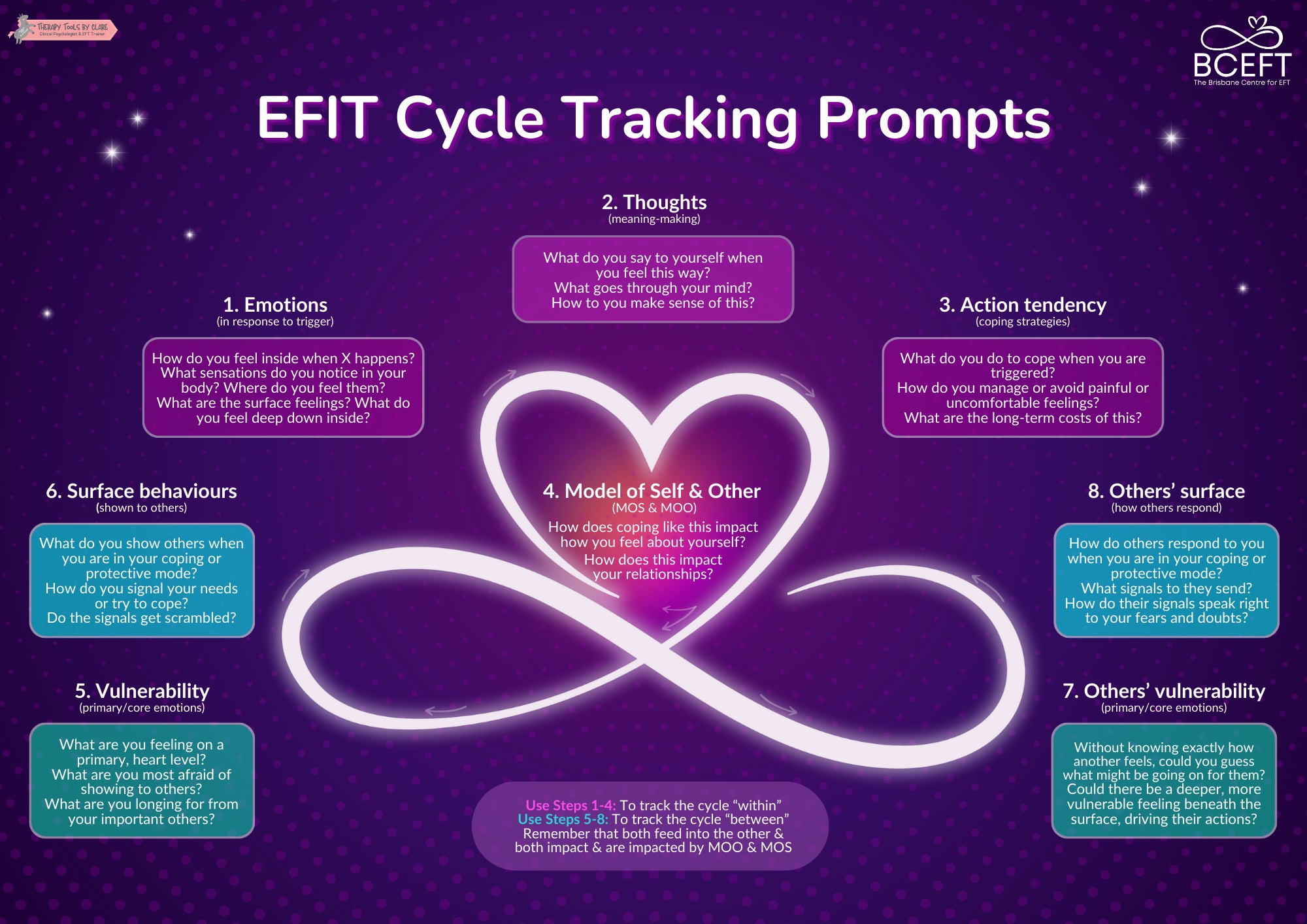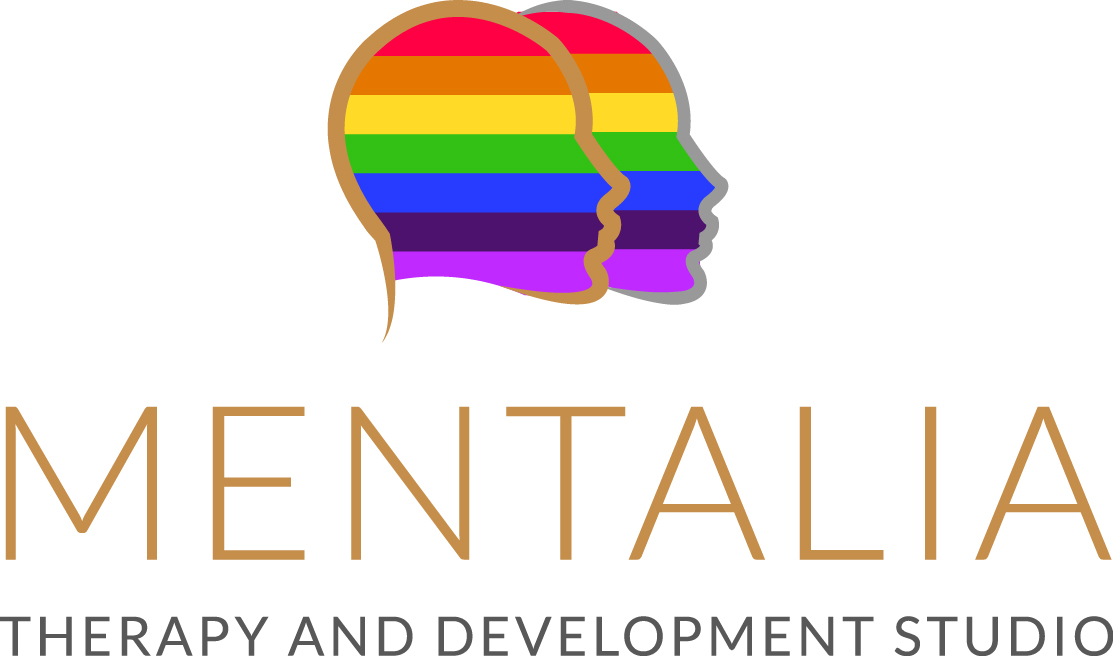What is an EFIT?

Emotionally Focused Individual Therapy (EFIT) is a groundbreaking therapeutic model that facilitates emotional processing and the creation of secure relationships with self and others. Originating from Emotionally Focused Therapy (EFCT) for couples, EFIT adapts these principles for individual therapy, offering a structured approach to help individuals address various challenges including anxiety, depression, trauma and relationship problems. EFIT’s unique approach empowers mental health professionals to help their clients transform restrictive emotional patterns, foster internal coherence, and build deep resilience. In other words, EFIT allows them to be fit to flourish in life and in love. Extending the dyadic model of emotionally focused couple therapy to emotionally focused individual therapy (EFIT) can be a natural and coherent progression for professionals. Individuals who have no significant attachment partners to join them in therapy, need what the attachment-oriented EFT model has to offer them.
The essence of EFIT – and a way to keep ourselves on track – is to constantly recall that the core of shaping corrective emotional experiences for individuals, is to track the cycle. In couples work, to track the cycle, we use “EFT Infinity Loop” (read more HERE). As an EFIT cycle prompts we can use beautiful graphics prepared by Clare Rosoman, a certified EFT trainer from Australia, which was translated and shared with her consent by Barbara Sławik, a certified EFT supervisor.

If you’d like an A4 copy you can download it HERE.
In EFIT we follow thematic dynamics across relationships. In Move 1 of the EFT Tango (read more about EFT tango HERE), we reflect the cyclic dynamic of internal emotional experience triggering, and maintaining interpersonal patterns and of interpersonal patterns triggering, and maintaining internal patterns. Focusing on attachment strategies of hyperactivating or deactivating emotion is how EFIT therapists depathologize and formulate depression, anxiety, obsessive compulsions, and post traumatic reactions in an attachment frame. That is, these depressive, anxious forms of distress are framed as ineffective, although admittedly each person’s best attempts, at emotion regulation in the absence of a secure bond. In Move 2 of the EFT Tango, we assemble the dynamic process of the elements of emotion from trigger to bodily arousal to meaning making to action impulse. Then we deepen primary/core attachment emotion to depathologize and stabilize before moving towards restructuring. Moves 3 and 4 of the EFT Tango focus on shaping new encounters in attachment dyads. In the case of individual EFT therapy, the second figure in the dyad during the enactment may be: the therapist, part of the self or an imaginary important person from the past or present. In Tango Move 5, integrate and celebrate the new encounter and new way of interacting.
The corrective emotional experiences we are shaping begin with reflecting ineffective strategies for emotion regulation and shift to secure strategies of engagement. It is through this process that we help clients to reshape their strategies for engagement – as Dr. Sue Johnson said in her EFIT training video, “to reshape their inner dramas.” By shaping new ways of engaging with and expressing coherent emotional experience, we help clients to shift their models of self and other into ones of confidence, safety and security.
April 28th 2024
text: Barbara Sławik picture: antoni shkraba
ways to help
for therapists
mentalia
mentalia.pl is owned by
„Mental Breathes” Barbara Sławik
ul. Wałbrzyska 48/11
02-739 Warszawa
Privacy Policy
Information clause on processing of personal data


